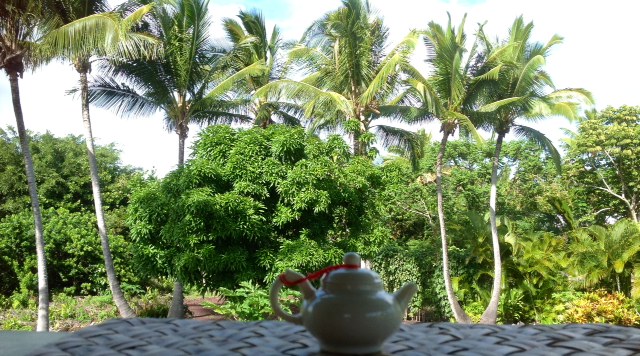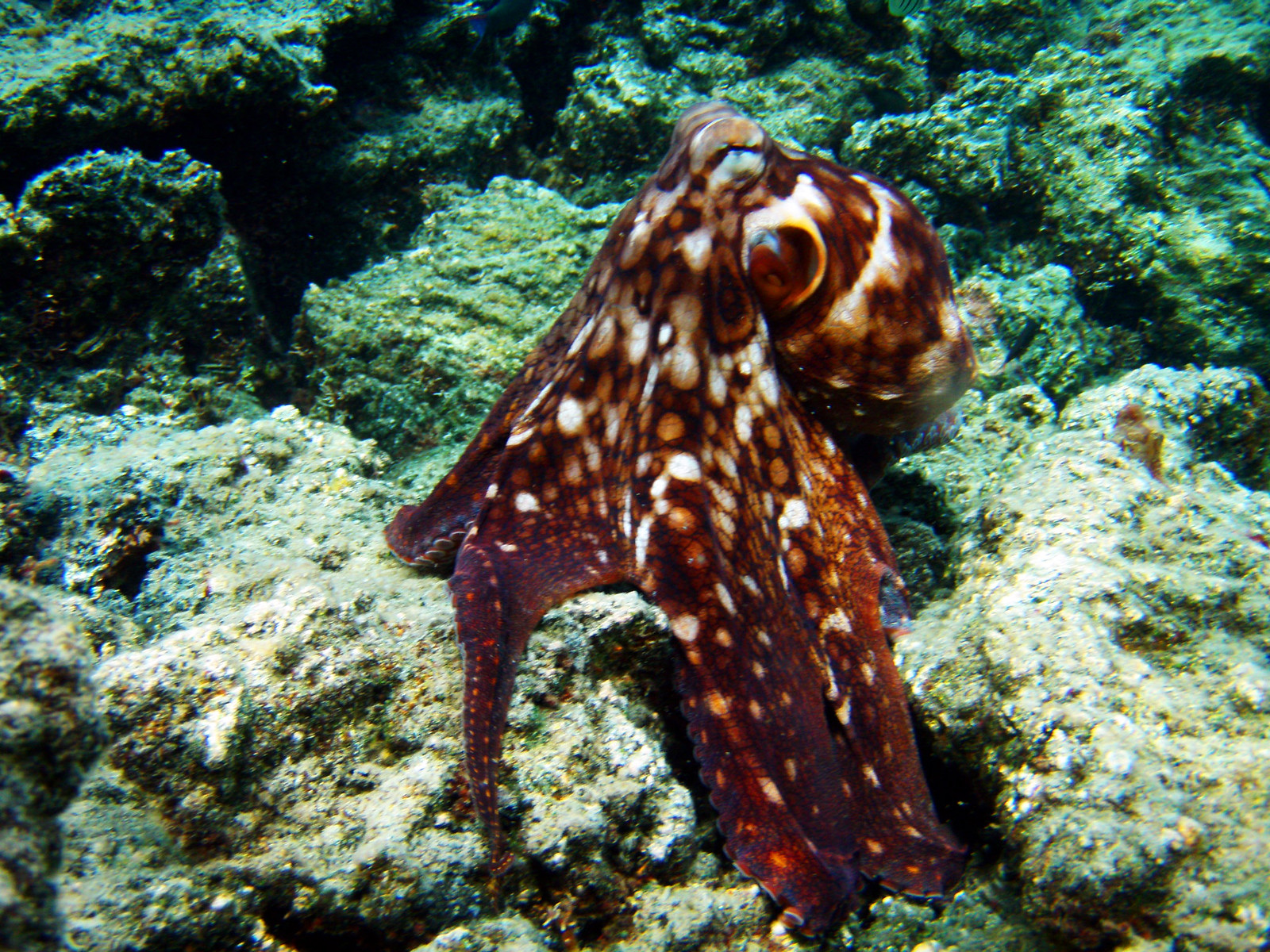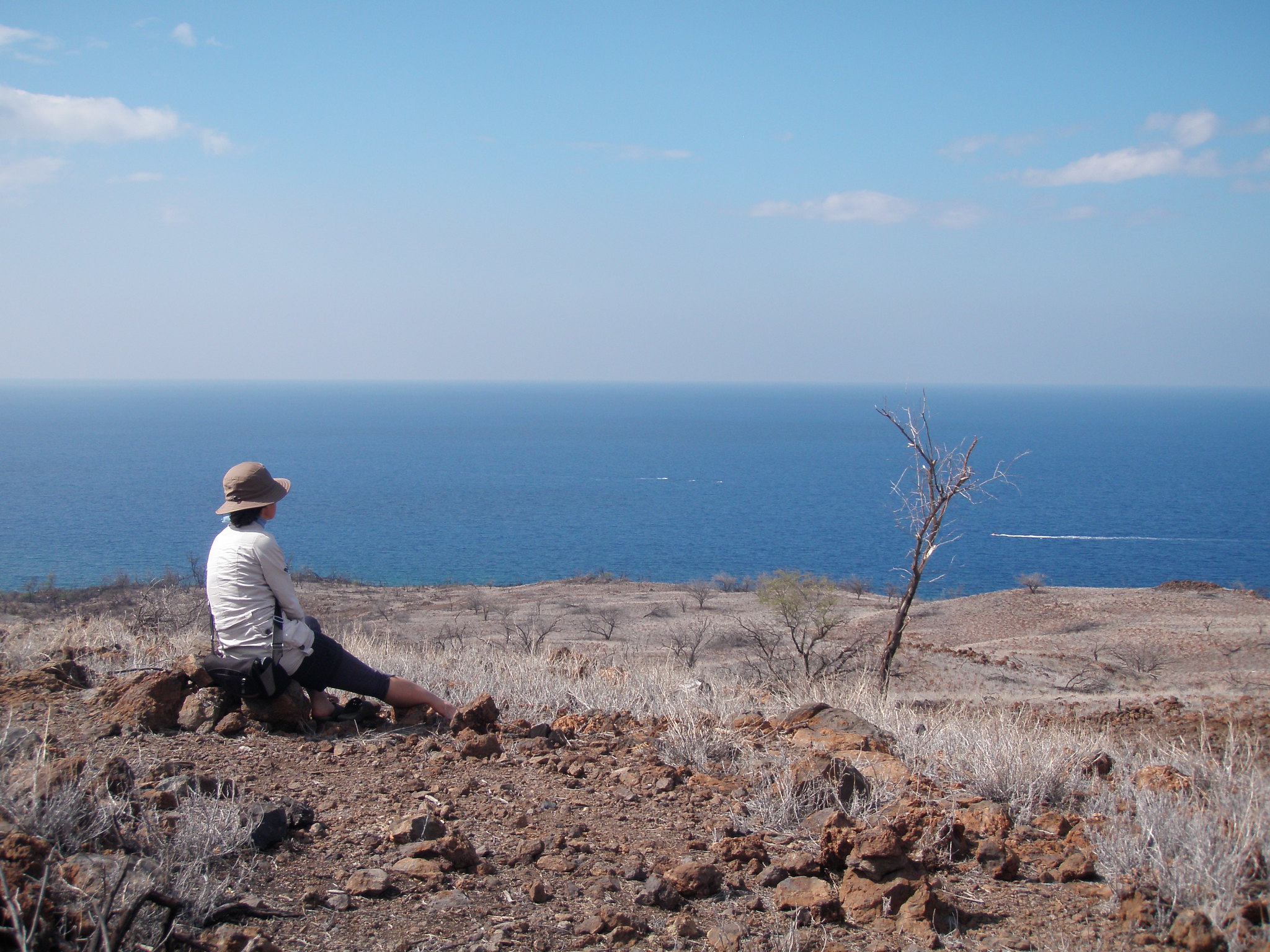When Americans feel the dreariness of winter and life in general, many will pack bikinis and speedos and try to escape to a warm island paradise. While my belly has modestly never been on display at a beach or any public venue for that matter, I am all for underwater action in sunny climes to squash the winter blues. I had years prior planned a trip to Raja Ampat but presently didn't feel up to coping with the vagaries of remote travel. The internal flights between the outer islands is notoriously unreliable and the third leg of travel involves the Sorong Airport also known as the infamous SoWrong airport. One day I will be SoWronged but this year I opted for the infinitely easier route of visiting a friend on the ever welcoming Big Island of Hawaii.
Our friend alerted me only the day before travel that her partner K wanted to cultivate a tea habit. I excitedly but hurriedly threw in various tea in a box for him. I assumed Hawaiian agricultural customs would be anally strict and I was a bit weary to have suspicious looking bits of sheng confiscated so I ended up choosing the teas which were commercially packaged such as the Douji mini-bricks or traditional tea-looking types such as lapsang souchong. But customs is rather lax on incoming travelers so I missed my chance to hand carry him some real puerh.
I hid two chunks of sheng in my suitcase for an experiment in humidity. Israel had sent me samples from the cold dry climes of Montana and I wanted to see how much the humidity of the islands would revive it. I could see some of the smell faintly returning but still 10 days was not enough for these dried chunks of sheng nor for me. We drank a 2005 Nannuo together and K who had not tried puerh before said the sheng had brought him good focus. As their house is an ideal place to store sheng- I was spying for empty corners of their house but I'm still too sheepish to suggest anything yet.
They invited another friend to dinner who was a daily shupu drinker of Menghai and Haiwan. At work he brewed the shu super strong and added milk and sugar and drank it as a coffee substitute. While I gaggled a little at the travesty, I'm curious to try it myself in any case as one never knows what's going to make shu palatable.
I spied this brilliantly moody octopus while snorkeling in the Kapoho tidepools. If any sea creature would be a puerh drinker, it's surely the octopus. While cheerful dolphins probably prefer crisp flavors of new oolongs and sencha, I really think octopi would really appreciate the complex evolving nature of sheng. And of course they are one of the few creatures dexterous enough for gongfu.
It's hard to think one could still suffer such a heavy heart when subject to such abundant natural beauty. But so it is.
Our friend alerted me only the day before travel that her partner K wanted to cultivate a tea habit. I excitedly but hurriedly threw in various tea in a box for him. I assumed Hawaiian agricultural customs would be anally strict and I was a bit weary to have suspicious looking bits of sheng confiscated so I ended up choosing the teas which were commercially packaged such as the Douji mini-bricks or traditional tea-looking types such as lapsang souchong. But customs is rather lax on incoming travelers so I missed my chance to hand carry him some real puerh.
I hid two chunks of sheng in my suitcase for an experiment in humidity. Israel had sent me samples from the cold dry climes of Montana and I wanted to see how much the humidity of the islands would revive it. I could see some of the smell faintly returning but still 10 days was not enough for these dried chunks of sheng nor for me. We drank a 2005 Nannuo together and K who had not tried puerh before said the sheng had brought him good focus. As their house is an ideal place to store sheng- I was spying for empty corners of their house but I'm still too sheepish to suggest anything yet.
They invited another friend to dinner who was a daily shupu drinker of Menghai and Haiwan. At work he brewed the shu super strong and added milk and sugar and drank it as a coffee substitute. While I gaggled a little at the travesty, I'm curious to try it myself in any case as one never knows what's going to make shu palatable.
It's hard to think one could still suffer such a heavy heart when subject to such abundant natural beauty. But so it is.



Oh Geez, is there no bringing those back from the brink of deserTEAfication?
ReplyDeleteI'm not sure yet. I don't know if lack of tea fragrance is a definitive indicator of low bio-activity. I also didn't have the chunks out in full air- they were in the original plastic bags slightly open.
DeleteI think one of the readers from Colorado commented that lively sheng he bought tasted quite muffled after a year in the cold dry heat. Despite MarshalN's advice against clay urns, I might try one just for temporary treatments.
I have been looked at suspicously in the TSA inspections with my baggies of green tea! ;-)
ReplyDeleteSuspicious looks are welcome as long as they don't confiscate! Anyone that's ever looked at a real bag of weed knows that tea is mostly leaves not buds...
Delete